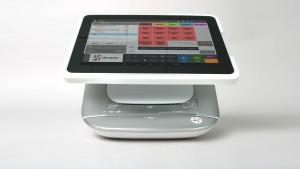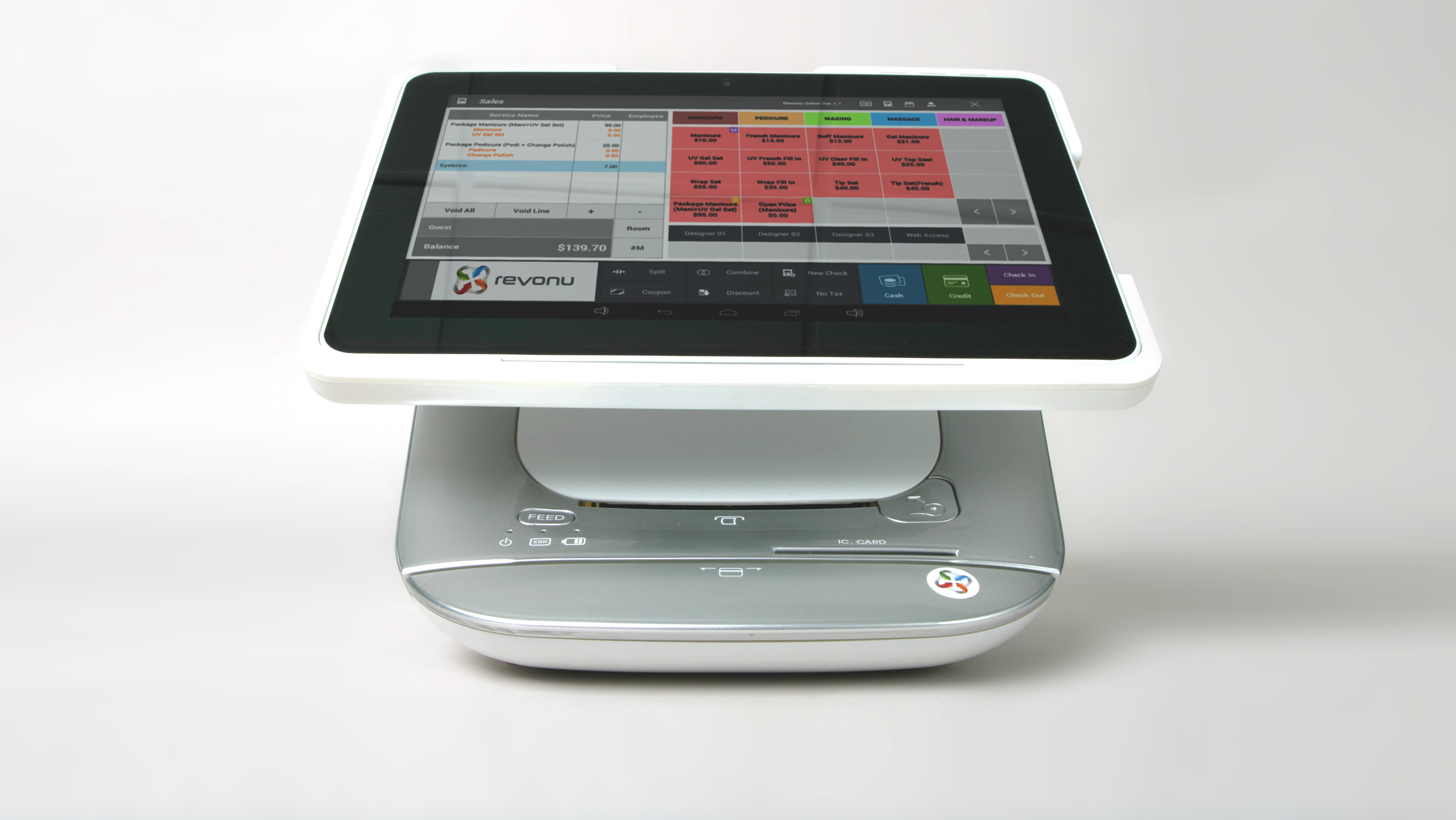New Year, Newer You: 4 Things To Remember As 2018 Moves Along

As we find ourselves in the second month of 2018, we at COCARD would like to do a quick check in for any New Year’s resolutions you may have made this year, or things that you’d like to improve on for the upcoming year. From money management skills to planning, how have you been doing with these things since January 1st?
- Managing cash flow
How do you manage the money that goes in and out of your business? Money is the lifeline that keeps your doors open, and your business running. Without it, you and your business will have a difficult time existing. Did you know that 82% of startups and small businesses fail because of a lack of cash flow, according to a study from U.S. Bank, a financial services company? So take stock of where your money is coming from, and if needed, take stock of tip #2, reviewing your rates.
- Reviewing your rates and charging your worth
It is one thing to charge one rate as you start, but another thing to keep the same rate as you’ve gained more experience and can prove the value that you bring to another business or company. So look at rates in your industry, and make sure that you are charging a rate that fits your experience and worth. Anything less would be criminal, and would hinder your ability to bring in the right amount of money for your business and livelihood. So do your research, and even write down the value that you’ve provided to customers. Then set new rates.
- Staying on top of your industry-game
As a professional in your field, you should continue to learn. Learning doesn’t stop after you make a certain amount of money. It also doesn’t stop after you’ve reached a certain professional marker. To stay current and at the top of your game, you should read books, take courses, and attend events that will help you to keep developing your skills. In this way, your business will continue to evolve for the better, and can continue to compete in the marketplace.
- Focusing on what works
If you come up against obstacles or questions, you should focus on the things that work for you. If something isn’t working, toss it aside, and continue moving forward. This method allows you to make room for something else in the future, something potentially much better than what you had before.
As the year progresses, it is important for us as business owners to take stock of the roads we are taking and how we will get there, to our destinations. For all of us, “there” often means profitability along with a strong bond with our customers.
What else have you taken stock of as a business owner since this year has started?
Read MoreRead More
6 Retail Marketing Strategies You Should Try in 2018
It’s 2018, nearly February and I have been thinking about strategy, retail strategies to be precise. Have you thought about your marketing strategy for 2018? This article might help, it’s full of useful information, take a look and let me know what you think or call me and let’s exchange ideas! Nelda
Read MoreRead More
Why Android – You mean WHY NOT?
 |
|
Retail POS, What Do I Need?

Last week I spent a lot of time talking to business owners, one location I was visiting I had the owner tell me the most important feature was the PRICE of a system to them.
I disagree!
I have spent twenty years as a FEATURE guy, focusing on what a business needs and how the features of different solutions are crucial to a successful point of sale solution implementation.
After talking to the owner about everything from price embedded bar-codes, to weight scales, to EBT it turned out that price for sure was not the most important feature. A simple solution would not have come close to helping this business.
Can I help you find the solution for your store that will serve your business?
What features do you need?
Read MoreRead MoreService Industry Boom

Big news for the service industry: 2014 has brought a huge surge in the number of service-related companies. According to a recent article in Bloomberg, service industries—like restaurants and retailers—grew in July at the fastest rate since December 2005! Additionally, the Institute for Supply Management’s (ISM) non-manufacturing index increased to 58.7 (readings greater than 50 indicate expansion). The U.K. is experiencing similar trends in its service industry as well, which means your potential customers are ready and willing to spend. Terry Sheehan, an economist at Stone & McCarthy Research Associates is cited in the article as saying, “We’re seeing numbers that we haven’t seen since well before the financial crisis and recession, and they seem to be more sustained.”
Coinciding with this jump are an increase in new orders among service providers (they too are experiencing the highest ISM measure since August 2005) and an uptick in production (manufacturers have the highest ISM level since April 2011). Negative side-effects include an increased unemployment rate from 6.1 percent to 6.2 percent (given the influx of new job seekers into the labor market), a decline in the stock market (investors jumping on the anticipated uptick too soon) and an increase in competition for businesses in the service industry.
Worried about the influx of new competitors? Stay ahead of the curve by employing these business practices.
Read MoreRead More








